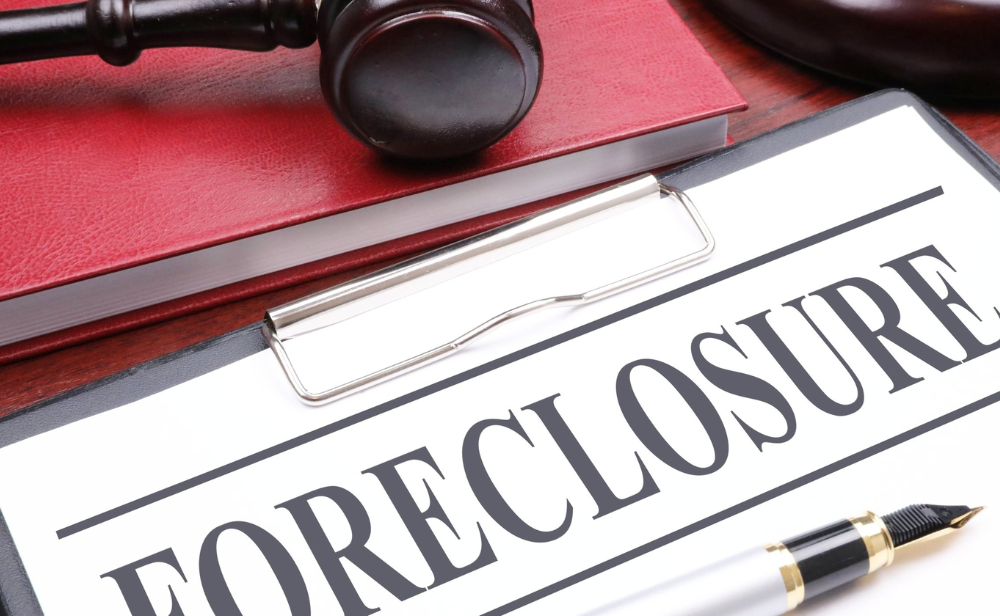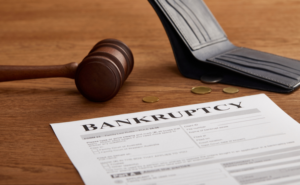How Long Does A Foreclosure Stay On Your Credit Report?
A foreclosure stays for about seven years on your credit profile from when you first missed your debt repayment. However, there is a possibility of restoring your credit profile instantly.
Foreclosure happens because of your delinquency when a debt or loan is marked as default, and the creditor who lends you money now takes ownership of the asset you bought or invested in. It stays for a maximum of seven years on your credit profile but can be removed earlier if taken the right measure.
It hits your credit score and creditworthiness badly and can drag it down low. After the time mentioned earlier, this remark should disappear from your report, but it is possible to get it removed earlier by working on it.
A foreclosure is somewhat like any other debt, like specific bankruptcy and medical debts that also take 7 years to get removed from your credit report. However, as long as foreclosure stays on your profile, it will remain a bad omen for your creditworthiness.
Consider this as bad news. The stay of a foreclosure that is listed on your credit report will keep impacting your credit score negatively. Nonetheless, how much this will affect your credit score is dependent on the score you had before foreclosure was listed on your credit report.
Table of Contents
Based on the practices of the FICO –Fair Isaac and Company, the financial data analyzing organizations that work on formulating credit scoring models, the higher your credit scores are, the more penalized they get. The lower your credit scores, the less your credit report will be penalized.
You would get more afterward if you had an excellent score before the foreclosure was listed on your credit profile. FICO additionally states that if you had a higher score at the time of foreclosure, the harder and longer it will take you to reestablish the credit scores.
It is already a time-consuming process to achieve higher scores on consumer credit profiles, in general. It becomes even harder if a foreclosure hits your profile because of the significant drop these scores suffer afterward.
If you are worried about getting hit by foreclosure and don’t know what it is and how your credit scores bounce back to a higher level, keep reading. The blog will become an easy guide for you to understand foreclosure ease.
Foreclosure
Foreclosure means a creditor takes up the ownership of a borrower’s asset when they fail to repay their mortgage. It is widely known as a defaulted mortgage. When a foreclosure happens, the creditor recovers the loaned money by taking possession of the borrower’s property.
In this case, it is the borrower’s fault for not following and keeping up with the loan repayment. The creditor has the right to seize the borrower’s asset as a security for not being able to repay on time as an obligation.
What Can Help Rebuild Your Credit Scores
A foreclosure lasts for seven years, but nobody wants a negative marking on a credit profile for that long. If life is unfortunate for you and you are struggling with a foreclosure on your credit profile, you can start rebuilding it without waiting for seven years.
The damage will still take time, but we are sure that you will use it as an experience and help yourself rebuild your credit profile better and stronger than before. To assist you in rebuilding your credit scores, we have come up with a few tips that can help in your recovery after falling into the trap of foreclosure.
– On-Time Payments
Maintaining and reporting payment history is crucial for achieving a good credit score. According to the FICO score model, the payment history makes up 35% of your entire credit score.
Payments must be done in full of the balances you have to pay. It will help you make monthly payments easily since you will not acquire any interest from the remaining payment of the previous month. However, if you are running low on your finances, make sure that you pay the least possible amount.
– Get A Secured Credit Card
You may find the sound of it counterproductive; however, this is considered one of the best ways to rebuild your credit scores –to open a new credit account and use it according to the other two guidelines we have discussed in the blog.
It is really easy to qualify for a secured credit card. These secured credit cards usually ask for a $200 deposit upfront. The deposit then acts as a credit line on your secured credit card. The credit limit depends on your income as well. If you want to increase it, you can depend on how much you can manage as a deposit.
– Keeping Low Credit Line Utilization
Using your credit line or credit limit as low as possible also helps you build your credit score. The maximum utilization of your credit limit should not exceed 30% of your limit. For scoring the best score with a credit limit, keep the utilization under one digit, as suggested by the financial experts.
Creditors and credit issuers measure your creditworthiness with the amount of limit you use on your credit card. The higher the credit card limit utilization is, the lower the chances of getting approval for a loan or a new credit line. So keep your credit card limit as higher as possible and your balance as low as possible. According to the FICO score calculator, the credit limit utilization factor makes up 30% of your credit score.
Bottom Line!
Nothing lasts forever; good or bad is a part of life. If you are stuck with a foreclosure, just because you couldn’t make payments on your mortgage on time doesn’t mean you won’t be able to make up for it. Your credit report will not stay stained with it forever. Foreclosure may last up to seven years or so.
Still, everything will get balanced out if you show patience and consistency in maintaining credit repayments on other credit cards and accounts. All you have to do is ensure you pay your bills on time, apply for a new credit card account, and pay bills in full. You are good.






